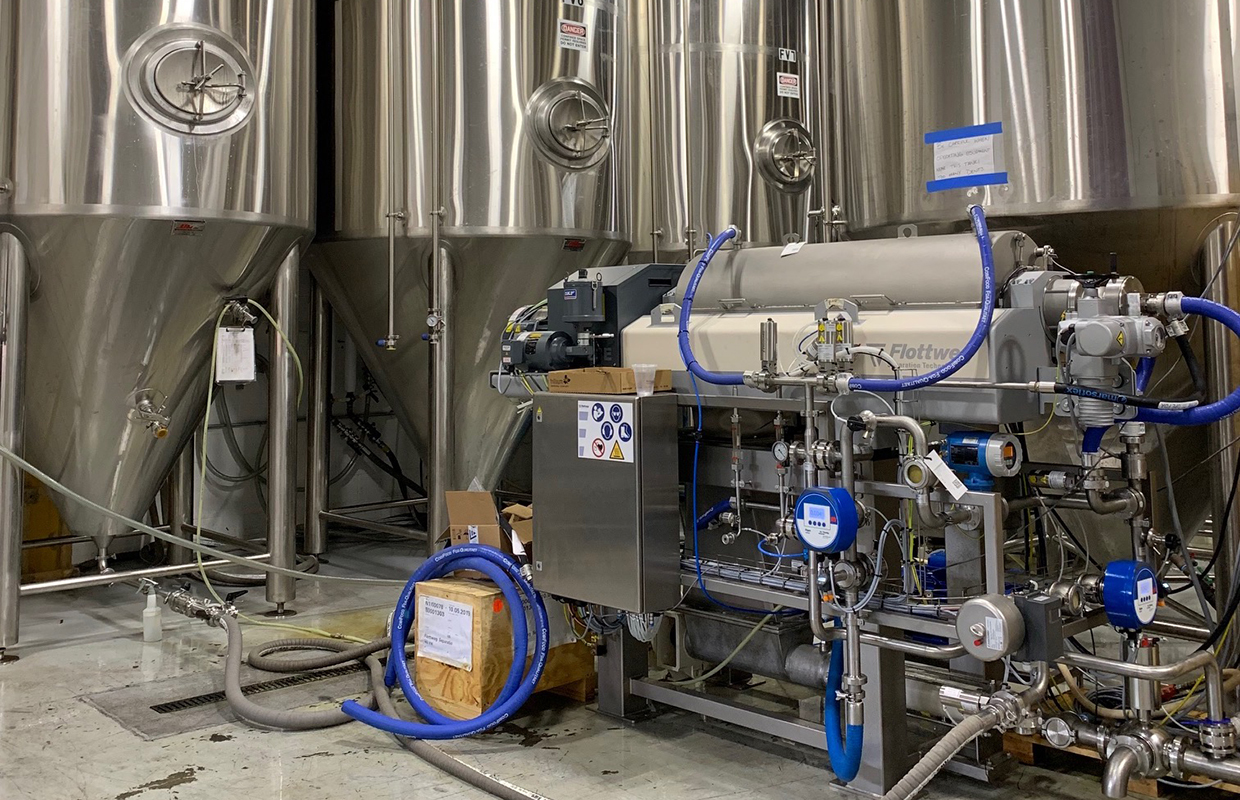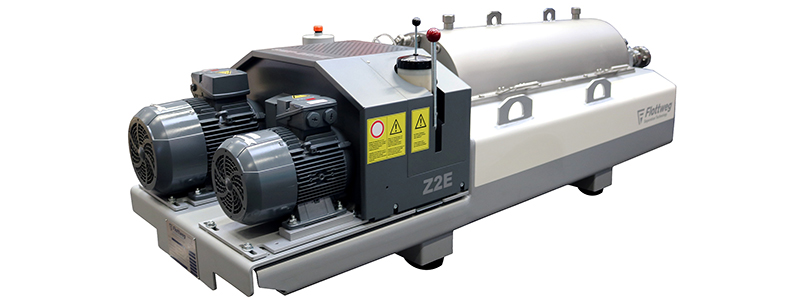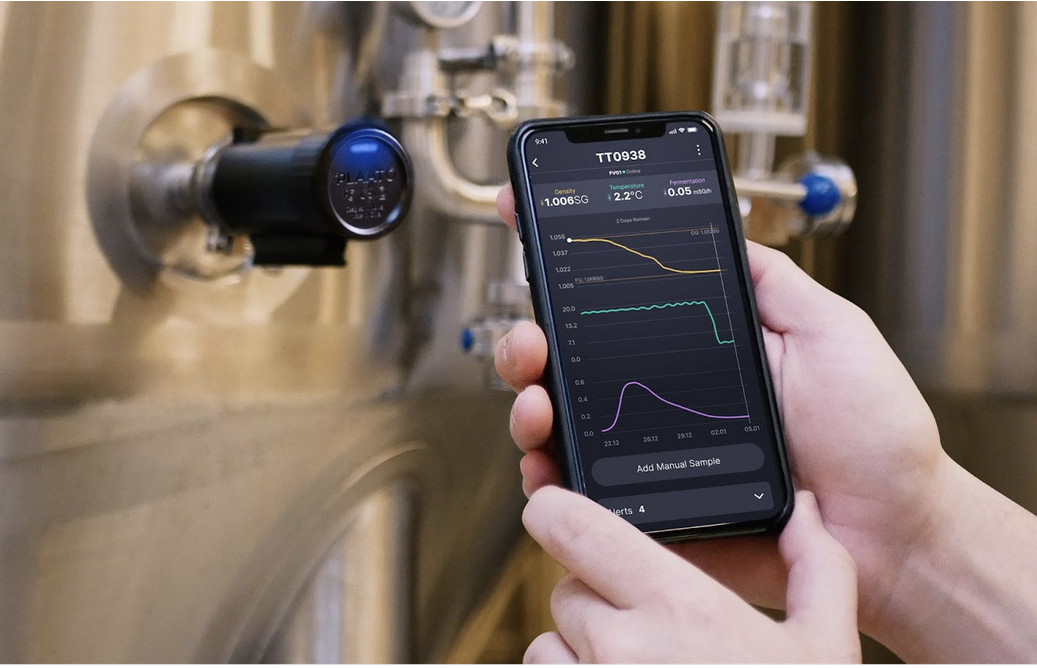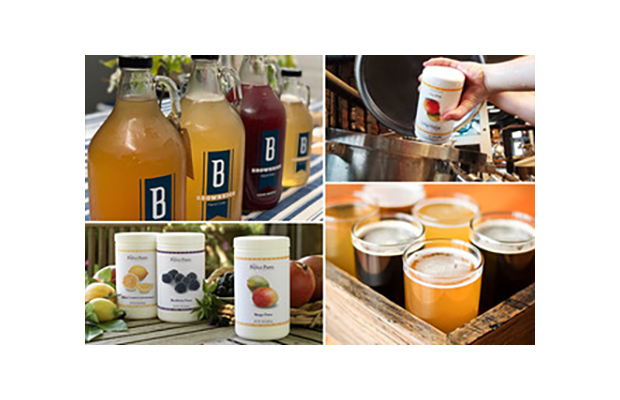
There are many different separation processes and systems that can be used within a brewery for several different purposes. Some focus on product quality/clarity while others focus on overall yield or environmental impact. Breweries use filters, membranes, disc stack centrifuges, and sometimes sophisticated technology like a Decanter or Sedicanter® centrifuges.
Depending on the goal, there is a process for almost everything. But what happens to all the separated materials? Most of it becomes somewhere between a liquid and solid state so it can’t be taken to a landfill or compost just yet. The reason is that it is too high in TSS (total suspended solids), BOD (biochemical oxygen demand), and COD (chemical oxygen demand) to be dumped into the city wastewater. This is often referred to as “high strength waste.”
Craft breweries would previously dump most of this material down the drain and/or collect it in a tank or a truck for disposal. Municipal wastewater regulations and increased hauling/disposal costs have made that more difficult in recent years, and it will only continue to get worse. What can breweries do to alleviate some of the costs associated with the treatment and disposal of these waste streams?

One solution is a Decanter centrifuge system. A Decanter is a high solids horizontal centrifuge that is designed to separate liquid from solids and discharge those solids at the highest dry content possible. Since the feed tends to be inconsistent and CIP (clean in place) cleaning is crucial, this process requires a few special features. The adjustable impeller for the liquid discharge is needed so that when process variables change, the system can react to maintain high separation efficiency and consistency. The high-hygienic execution of the Flottweg Decanters allow for thorough cleaning when needed and whether doing single-use CIP or using a recirculation system, it can direct the flow where needed at any time.
The Flottweg SIMP® Drive combines the highest scroll torque with low power consumption to ensure low moisture content in the solids’ discharge. In a best-case scenario, the brewery can sell the dewatered solids to animal feed companies or other industries that can use the spent yeast.
In a worst-case scenario, the solids are sent off to a landfill or compost for no more than the cost of trucking. Either way, it helps to eliminate the cost of hauling large amounts of liquid, disposal fees, and surcharges from the city wastewater authority, and even in some cases (like selling off the by-product), it can help to recoup some of the costs associated with the waste handling.




Be the first to comment